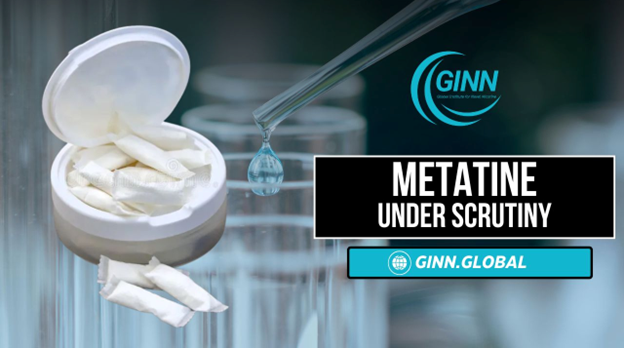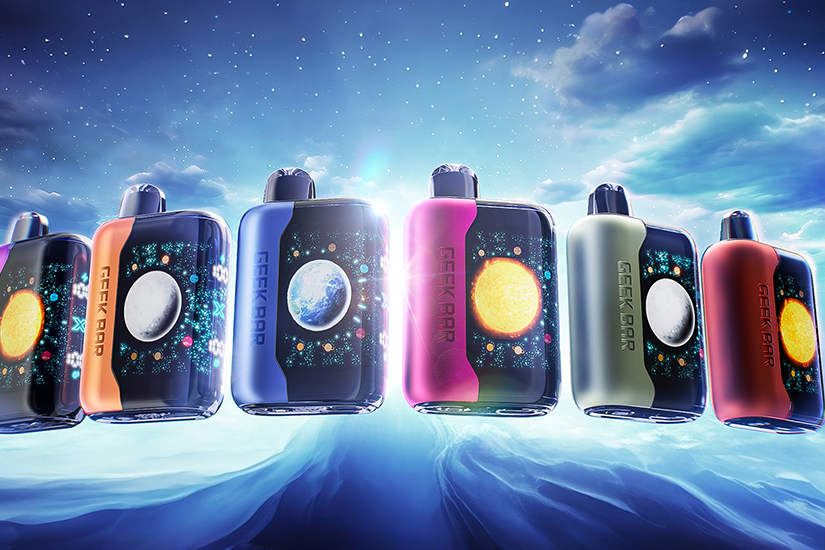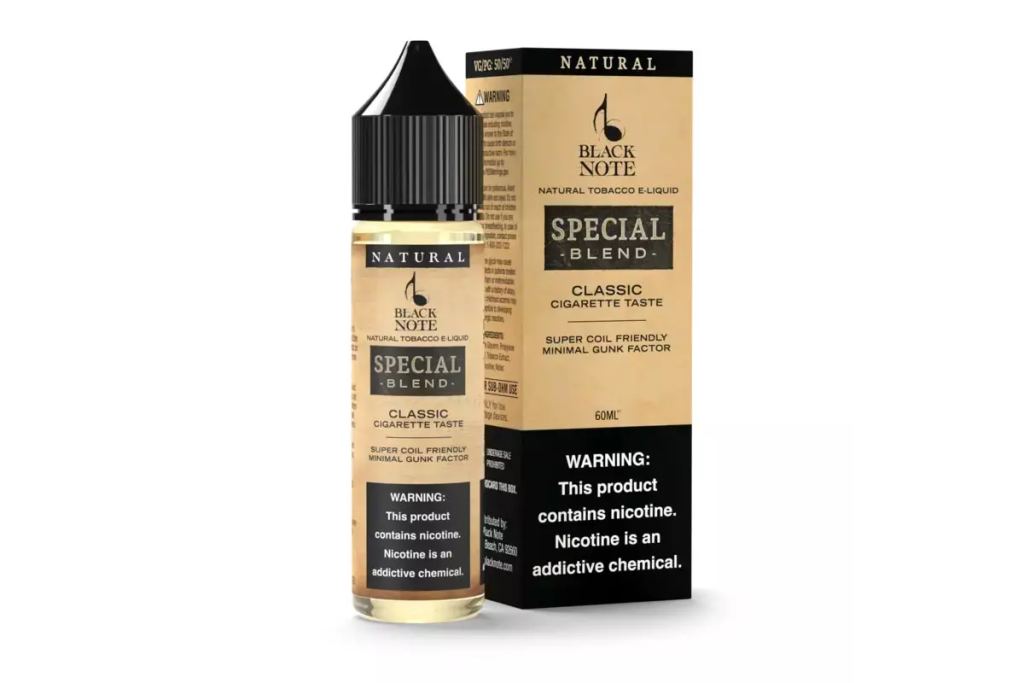Explore the top Geekbar flavours in our 2025 vape guide.
By K Futur VapeAs the market for novel nicotine and nicotine-like products continues to grow, so does the emergence of synthetic analogues claiming to offer alternative or “safer” experiences. One of the latest compounds drawing attention is Metatine—a commercial name for 6-Methyl Nicotine (6-MN).
At first glance, Metatine may appear to be a promising new entrant: a synthetic stimulant marketed in some regions as a next-generation nicotine substitute. But recent studies suggest the reality may be more concerning than its branding implies.
What Is Metatine?
Metatine is a synthetic chemical analogue of nicotine, meaning it shares a similar structure but differs in key ways that affect how it behaves in the body. While traditional nicotine is a naturally occurring alkaloid found in tobacco and other plants, Metatine is entirely lab-made.
Its production involves methylation, a process in which a methyl group is added to nicotine’s molecular structure. This modification gives rise to 6-Methyl Nicotine—a compound that still interacts with brain receptors but may have different biological effects than its natural counterpart.
Where Is Metatine Being Used?
So far, Metatine is showing up in certain vaping products and synthetic stimulant blends, often marketed under the banner of being a “nicotine-free alternative.” But this label is misleading. While it might not meet regulatory definitions of nicotine in some jurisdictions, Metatine still targets the same brain receptors and delivers similar effects—raising red flags about its unregulated use and safety claims.
What Does the Science Say?
A recent 2025 study by Effah et al. put Metatine under the microscope, and the findings are sobering.
- Oxidative Stress: Exposure to Metatine vapour significantly increased levels of oxidative stress in human cells. This means more free radicals and greater potential for DNA and cellular damage.
- Cytotoxicity: Compared to traditional nicotine, Metatine proved more toxic to human lung cells in lab tests—raising serious concerns about inhalation through vaping.
In short, Metatine may be doing more damage at the cellular level than the very compound it’s being positioned to replace.
Implications for Harm Reduction
In the field of tobacco harm reduction, precision matters. We know that the method of delivery—especially the absence of combustion—plays a critical role in lowering health risks. That’s why nicotine pouches, heated tobacco, and vaping have gained support as less harmful alternatives for adult smokers.
But Metatine complicates that conversation. It is not a known quantity with a long track record of research and regulatory oversight. Unlike pharmaceutical-grade nicotine or food-safe additives used in regulated pouches and e-liquids, Metatine’s safety profile is both emerging and troubling.
Why It Matters
The growing popularity of synthetic analogues like Metatine is part of a broader trend in which chemical innovation races ahead of scientific validation and regulatory clarity. These substances often exploit loopholes, bypassing existing nicotine regulations by claiming not to be nicotine at all.
But as we’ve now seen, being “not nicotine” does not mean being safer.
GINN’s Position
At the Global Institute for Novel Nicotine (GINN), we support innovation—but not at the cost of safety. We urge policymakers, researchers, and consumers to approach synthetic analogues like Metatine with caution and scrutiny.
- More independent research is urgently needed to understand the long-term health effects of 6-Methyl Nicotine and similar compounds.
- Regulatory bodies must stay alert to novel substances introduced into nicotine-delivery systems without adequate testing or oversight.
- Manufacturers should exercise responsibility, ensuring that any synthetic variants meet evidence-based safety benchmarks—not just marketing hype.
Final Thoughts
Metatine might be new, but the lesson is old: Not everything marketed as “next-gen” is necessarily safer. In fact, in Metatine’s case, the opposite may be true. Until further research is conducted and regulatory clarity is established, Metatine should not be assumed to be a viable or safer substitute for traditional nicotine. Innovation without evidence is not harm reduction.
AdvancedGlobalHealthIndustry NewsRegulations






